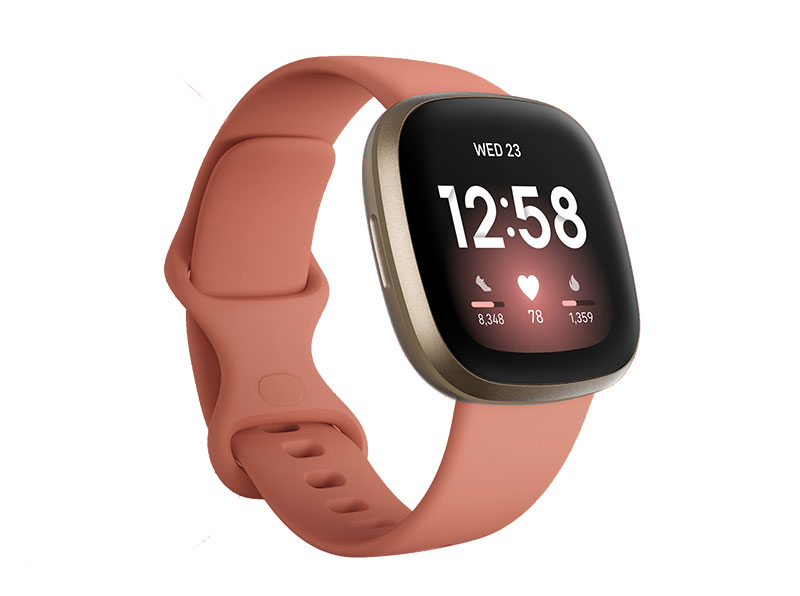Fitbit is getting ready for its latest research initiative. The new research will focus on how the company’s smartwatches can measure blood pressure without the traditional arm-cuff method, Fitbit said in a blog post.
Read more Fitbit Users Can Now Track Their Blood Sugar Levels with the App Update
Starting this month, Fitbit Labs is launching a study to look at how Fitbit devices can potentially measure something called Pulse Arrival Time (PAT), which is the time it takes for a pulse of blood to reach your wrist after your heart beats, and explore the potential link to tracking blood pressure. U.S. Fitbit Sense users who are at least 20 years old can participate in the study.
High blood pressure is called a silent killer for a reason. Symptoms are rarely obvious but uncontrolled high blood pressure can increase the risk for heart disease and stroke, two leading causes of death for people in the United States. Nearly one out of two adults in the U.S. has high blood pressure, but many don’t know they have it, Fitbit said in its blog post.
While the ability to easily measure and monitor blood pressure in a wearable, non-cuff device has been of great interest, it has been rather elusive to date, and the ability to capture blood pressure readings in a non-cuff wrist-wearable has not yet been achieved.

Previous research has found a correlation between PAT and blood pressure, but the correlation was not strong enough to predict blood pressure. These investigations were limited to either small data sets or specific environments like an intensive care unit. Fitbit Labs also found a correlation between PAT and blood pressure in a small, 3-week internal study. The new study will extend this work to a broader population in order to learn more about how PAT measurements change under a variety of conditions.
“If high blood pressure was easier to measure, people could manage it earlier, which might help avoid preventable deaths from heart disease and stroke,” said Shelten Yuen, Principal Scientist at Fitbit, who is leading this work “It’s a hard scientific challenge, and a lot of work remains to be done to understand the best way to do this, but we have a history of advancing technology to make previously inaccessible health metrics available to Fitbit users from their wrist, so it’s a challenge we’re very passionate about solving.”
Read more Fitbit to Equip NASA Employees with Wearables to Protect Them from COVID-19
Having easy access to blood pressure readings is important for people with hypertension, so, assuming we can correlate PAT and blood pressure, being able to track PAT with a Fitbit device might give people more power to manage their condition in between doctors’ visits.












